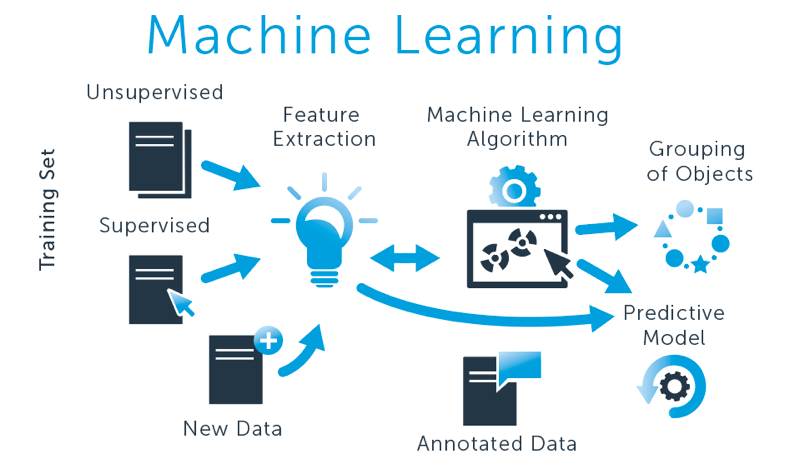To use Python for machine learning, you'll typically follow these steps:
Install Python and Libraries: Start by installing Python and the necessary libraries such as NumPy, Pandas, Matplotlib, and scikit-learn. You can use package managers like pip or conda for this purpose.
Data Preprocessing: Prepare your data for training by cleaning, transforming, and normalizing it. This step often involves handling missing values, encoding categorical variables, and scaling numerical features.
Choose a Model: Select an appropriate machine learning model based on your problem type (classification, regression, clustering, etc.) and the nature of your data. Common choices include linear regression, decision trees, random forests, support vector machines, and neural networks.
Split Data: Split your data into training and testing sets to evaluate the performance of your model. You can use techniques like k-fold cross-validation for more robust evaluation.
Train the Model: Fit your chosen model to the training data using the fit() function. This process involves adjusting the model's parameters to minimize the error between predicted and actual outcomes.
Evaluate the Model: Assess the performance of your model using evaluation metrics such as accuracy, precision, recall, F1-score, or mean squared error, depending on your problem type.
Tune Hyperparameters: Fine-tune your model by adjusting hyperparameters to optimize its performance. Techniques like grid search or random search can help you find the best combination of hyperparameters.
Make Predictions: Once you're satisfied with your model's performance, use it to make predictions on new, unseen data using the predict() function.
Deploy the Model: Deploy your trained model into production, where it can be used to make real-time predictions on incoming data. This step often involves integrating your model into web applications or other software systems.
Python provides a rich ecosystem of libraries and frameworks for machine learning, including scikit-learn, TensorFlow, PyTorch, and Keras, making it a popular choice for both beginners and experienced practitioners in the field.
